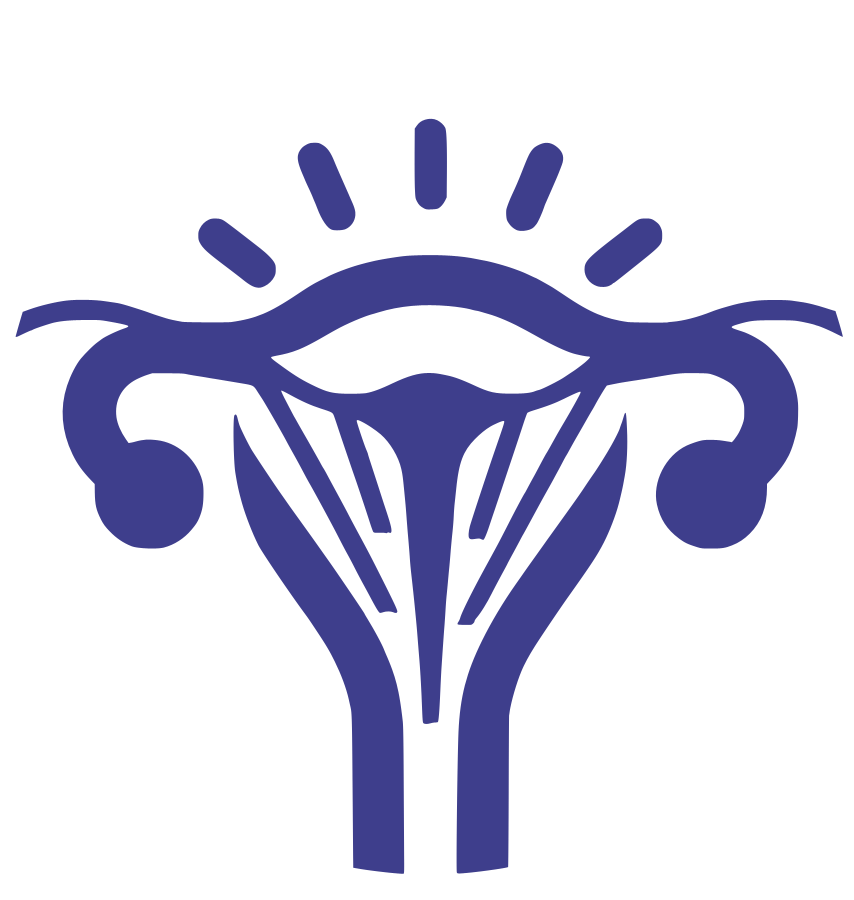2024-04-20 10:45:40
Transvaginal Photobiomodulation majorpublished

Did you know?
Despite transvaginal photobiomodulation being relatively recent and innovative in the field of gynecology, it is based on a technology developed initially for NASA to promote the growth of plants in space.
Transvaginal photobiomodulation (VPBM) is an emerging therapeutic modality that uses light therapy to address various gynecological and pelvic health issues. This treatment is noninvasive and uses specific wavelengths of light to stimulate cellular functions, promoting healing and reducing inflammation.
Karen Pendergrass is a microbiome researcher specializing in microbiome-targeted interventions (MBTIs). She systematically analyzes scientific literature to identify microbial patterns, develop hypotheses, and validate interventions. As the founder of the Microbiome Signatures Database, she bridges microbiome research with clinical practice. In 2012, based on her own investigative research, she became the first documented case of FMT for Celiac Disease—four years before the first published case study.
Microbiome Signatures identifies and validates condition-specific microbiome shifts and interventions to accelerate clinical translation. Our multidisciplinary team supports clinicians, researchers, and innovators in turning microbiome science into actionable medicine.
Karen Pendergrass is a microbiome researcher specializing in microbiome-targeted interventions (MBTIs). She systematically analyzes scientific literature to identify microbial patterns, develop hypotheses, and validate interventions. As the founder of the Microbiome Signatures Database, she bridges microbiome research with clinical practice. In 2012, based on her own investigative research, she became the first documented case of FMT for Celiac Disease—four years before the first published case study.
Transvaginal photobiomodulation (TVPBM) is an emerging therapeutic modality that uses light therapy to address various gynecological and pelvic health issues such as endometriosis. This noninvasive treatment uses specific wavelengths of light to stimulate cellular functions, promoting healing and reducing inflammation. Below, we provide a comprehensive overview of TVPBM, detailing its mechanisms, applications, potential benefits, and considerations.
Photobiomodulation (PBM) involves the application of red or near-infrared light to various parts of the body to encourage cellular bioactivity. When applied transvaginally, the light penetrates the vaginal mucosa and underlying tissues, reaching the cells directly. This exposure to light energy is believed to trigger a series of biological reactions known as photophysical and photochemical processes. The primary mechanism is light absorption by mitochondrial chromophores, particularly cytochrome c oxidase. This absorption enhances mitochondrial function, increasing adenosine triphosphate (ATP) production, the cell’s energy currency. The result is enhanced cellular metabolism, reduced oxidative stress, and increased circulation through vasodilation. These effects collectively contribute to tissue repair and regeneration.
TVPBM has been explored for a variety of gynecological and systemic conditions, including but not limited to:
| Condition | Description and Benefits of TVPBM |
|---|---|
| Genitourinary Syndrome of Menopause (GSM) | Encompasses symptoms such as dryness, burning, and urinary incontinence associated with menopausal changes in the vagina and urinary system. TVPBM improves these symptoms by enhancing tissue elasticity and function. |
| Chronic Pelvic Pain | Conditions like endometriosis and pelvic inflammatory disease may benefit from the anti-inflammatory effects of TVPBM. |
| Sexual Dysfunction | TVPBM improves blood flow and tissue health, potentially enhancing sexual function and satisfaction. |
| Postpartum Recovery | Aids in the healing of perineal tears and episiotomies, enhancing postpartum recovery. |
The potential benefits of transvaginal photobiomodulation (TVPBM) stem from its non-invasive approach and the physiological impacts of light therapy. These benefits include a reduction in pain and inflammation due to the anti-inflammatory properties of light, which can alleviate discomfort associated with various pelvic conditions. Additionally, TVPBM supports enhanced tissue repair through accelerated cellular regeneration, improving healing in the vaginal and pelvic regions. Improved vascularization also occurs, increasing blood flow that boosts nutrient delivery and waste removal from tissues, further enhancing pelvic health.
TVPBM is generally considered safe when performed using properly calibrated and operated devices by trained professionals. The non-invasive approach minimizes the risks of infection or trauma. However, as with any therapeutic intervention, the efficacy and safety of TVPBM must be evaluated on a case-by-case basis, considering the specific condition being treated and individual patient factors.
Transvaginal photobiomodulation shows promise as a therapeutic option, but it is crucial to consider its contraindications. The effects of TVPBM during pregnancy are not well studied, leading to general recommendations against its use in expectant mothers. Additionally, individuals with a history of gynecological cancers should exercise caution with TVPBM treatments, as the impacts on cancer cells remain unclear. These considerations are vital for ensuring the safety and efficacy of TVPBM.
Ongoing research into transvaginal photobiomodulation is crucial to fully understand its applications, optimal dosing parameters, and long-term effects. As evidence accumulates, it could become a standard part of gynecological and pelvic health treatment protocols.
Alias iure reprehenderit aut accusantium. Molestiae dolore suscipit. Necessitatibus eum quaerat. Repudiandae suscipit quo necessitatibus. Voluptatibus ullam nulla temporibus nobis. Atque eaque sed totam est assumenda. Porro modi soluta consequuntur veritatis excepturi minus delectus reprehenderit est. Eveniet labore ut quas minima aliquid quibusdam. Vitae possimus fuga praesentium eveniet debitis exercitationem deleniti.
Alias iure reprehenderit aut accusantium. Molestiae dolore suscipit. Necessitatibus eum quaerat. Repudiandae suscipit quo necessitatibus. Voluptatibus ullam nulla temporibus nobis. Atque eaque sed totam est assumenda. Porro modi soluta consequuntur veritatis excepturi minus delectus reprehenderit est. Eveniet labore ut quas minima aliquid quibusdam. Vitae possimus fuga praesentium eveniet debitis exercitationem deleniti.
2024-04-20 10:45:40
Transvaginal Photobiomodulation majorpublished
Endometriosis involves ectopic endometrial tissue causing pain and infertility. Validated and Promising Interventions include Hyperbaric Oxygen Therapy (HBOT), Low Nickel Diet, and Metronidazole therapy.